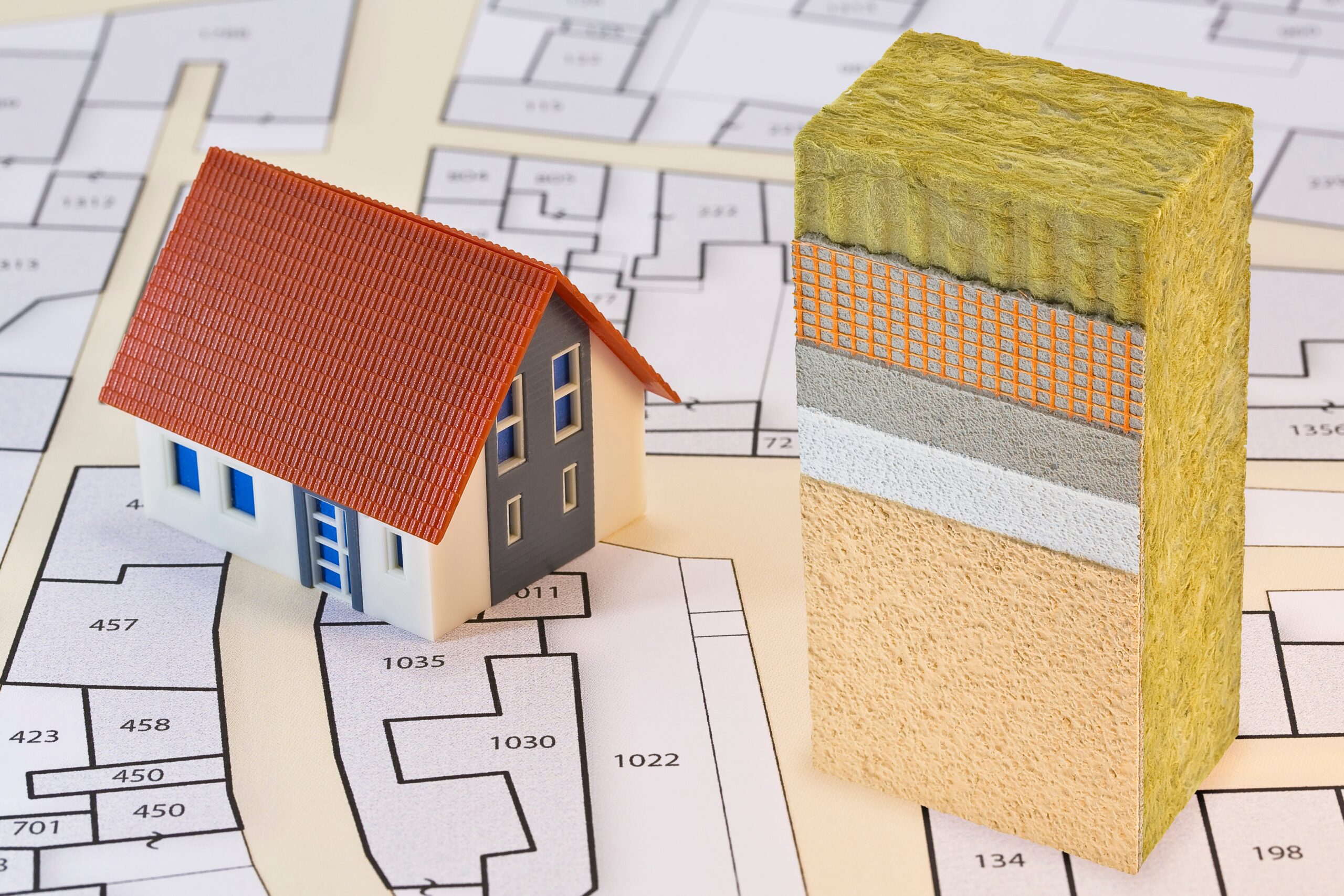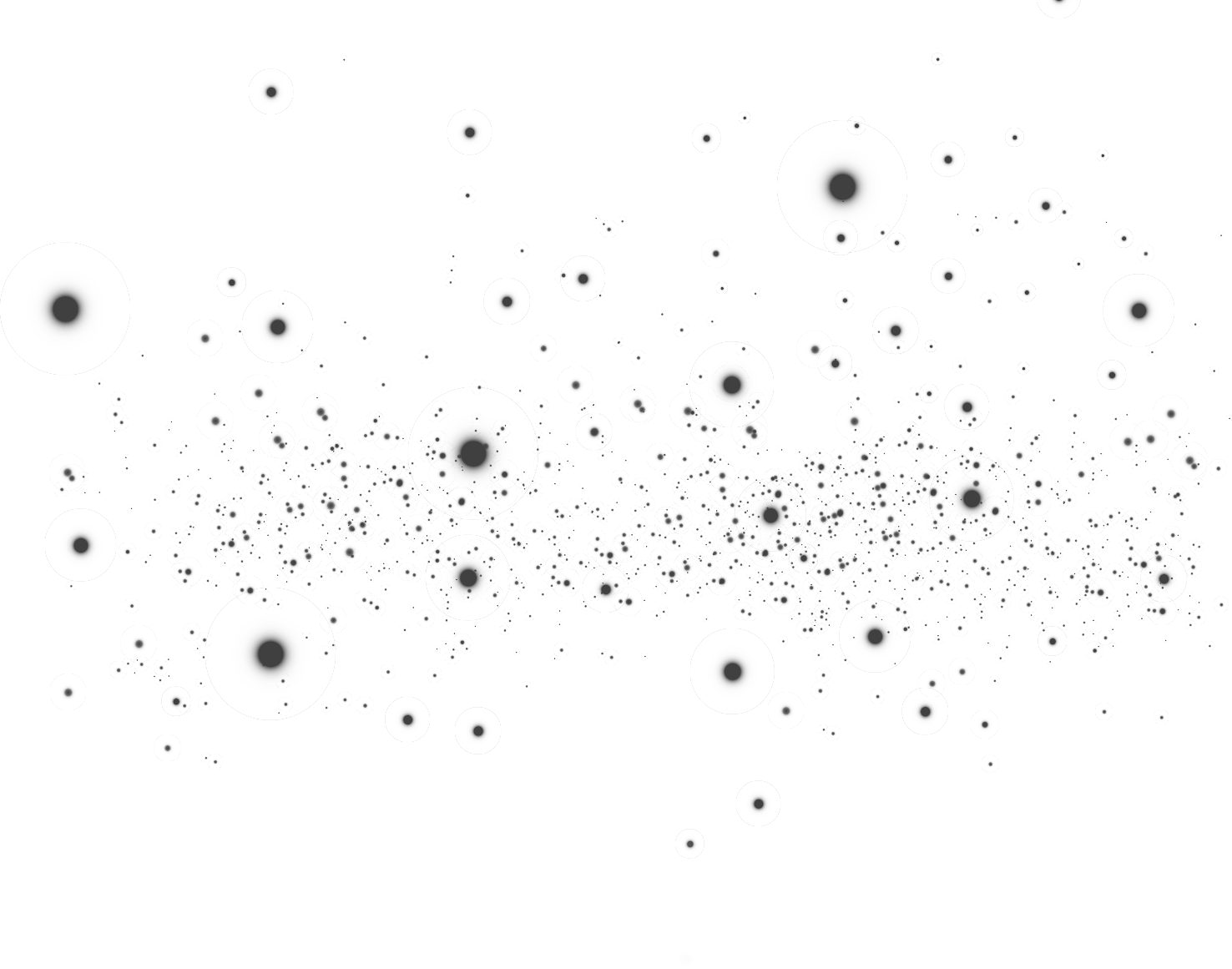
When we think about protecting our homes, we often picture locks, alarms, and insurance policies. But there’s another line of defense that operates quietly in the background—control layers. These hidden systems are responsible for keeping moisture, air, and even harmful gases out, thereby protecting your living space. Yet, many homeowners have no idea whether their control layers are working as intended. So, do you need a control layer inspection? If you want to protect your health, your investment, and your home’s structural integrity, the answer might be yes.
What Is a Control Layer?
A “control layer” typically refers to one or more layers built into your home’s envelope that regulate moisture, air, vapor, and heat transfer. These include:
- Moisture barriers (like house wrap or flashing systems)
- Vapor barriers (commonly found in crawlspaces and basements)
- Air barriers (sealed sheathing, caulking, weatherstripping)
- Thermal barriers (insulation in walls and attics)
When properly installed and maintained, these systems work together to keep conditioned air inside, unwanted moisture outside, and indoor air quality high. When they fail, the consequences can be serious, ranging from increased energy bills to mold and mildew growth that affects your health.
Why Control Layer Inspections Matter
Control layers are not permanent. Over time, even the best materials can degrade. Renovations, aging, pest activity, or even weather events can lead to damage that isn’t visible from the surface. Without inspection, these failures go unnoticed until the symptoms appear.
Mold is one of the most common consequences of compromised moisture or vapor barriers. It thrives in dark, damp environments like wall cavities and crawlspaces and has been linked to a range of health problems, especially in children and people with asthma or compromised immune systems. In addition, water intrusion can cause wood rot and lead to long-term structural damage. Control layer failure may also invite pests like rodents and insects, while gaps in air or thermal barriers force your HVAC system to work harder, leading to higher utility bills. In fact, air leakage alone can account for up to 30% of heating and cooling energy use in a typical home.
5 Signs You Might Need an Inspection
If you’re unsure whether your home’s control layers are intact, here are five warning signs that may indicate an issue:
- Persistent Musty Odors – If certain rooms smell damp or moldy, it could be a sign that moisture is trapped where it shouldn’t be.
- Condensation on Windows or Walls – This often means indoor humidity is too high due to poor air or vapor control.
- Visible Mold or Water Stains – Any staining on ceilings, walls, or floors could indicate a slow leak or barrier failure.
- Uneven Room Temperatures – If some areas are noticeably colder or warmer, your thermal or air barriers may be compromised.
- Unexpected Spikes in Energy Bills – Sudden increases in your energy costs may result from air leakage or poorly insulated areas.
Even one of these signs may justify a closer look from a qualified professional.
When Should You Schedule a Control Layer Inspection?
Even if you’re not seeing warning signs, certain situations make control layer inspections a smart choice:
- After a water event: If your home has experienced flooding, a roof leak, or a plumbing issue, control layers could be compromised.
- During a home sale or purchase: An inspection provides peace of mind and can uncover hidden issues before they become costly.
- After renovations: Construction activity can unintentionally disturb or damage control layers, especially in attics, basements, or walls.
- For older homes: Homes built more than 15–20 years ago may lack modern air sealing techniques or use outdated vapor control strategies.
What Happens During a Control Layer Inspection?
A professional control layer inspection goes beyond a quick walk-through. Here’s what you can expect:
- Infrared scanning: Thermal imaging reveals hidden moisture or air leaks within walls, ceilings, and floors.
- Moisture meter testing: Detects elevated moisture content in building materials—a key indicator of control layer failure.
- Crawlspace and attic evaluations: These areas are especially vulnerable to control layer issues and often contain the first signs of mold, water intrusion, or insulation problems.
- Air sealing assessment: Technicians may use blower doors or smoke pencils to detect leaks in the building envelope.
- Documentation and recommendations: You’ll receive a report outlining findings and suggested next steps, such as repairs, upgrades, or remediation.
Protecting Your Health and Investment
Beyond preventing mold and water damage, maintaining effective control layers plays a direct role in protecting your health. The World Health Organization has linked indoor dampness and mold exposure to increased risks of respiratory infections, wheezing, and asthma symptoms. On the financial side, control layer failures can lead to costly remediation, structural repairs, or even insurance complications.
A control layer inspection is a relatively low-cost, high-value investment in your home’s longevity and your family’s well-being.
Protect What’s Behind Your Walls
You don’t have to wait for something to go wrong to take action. Control layer inspections are a proactive way to safeguard your home’s health, safety, and efficiency. We specialize in identifying moisture, air, and vapor barrier failures—so you don’t have to guess what’s going on behind your drywall. Concerned about your home’s hidden defenses? Contact us today for a professional control layer inspection.


